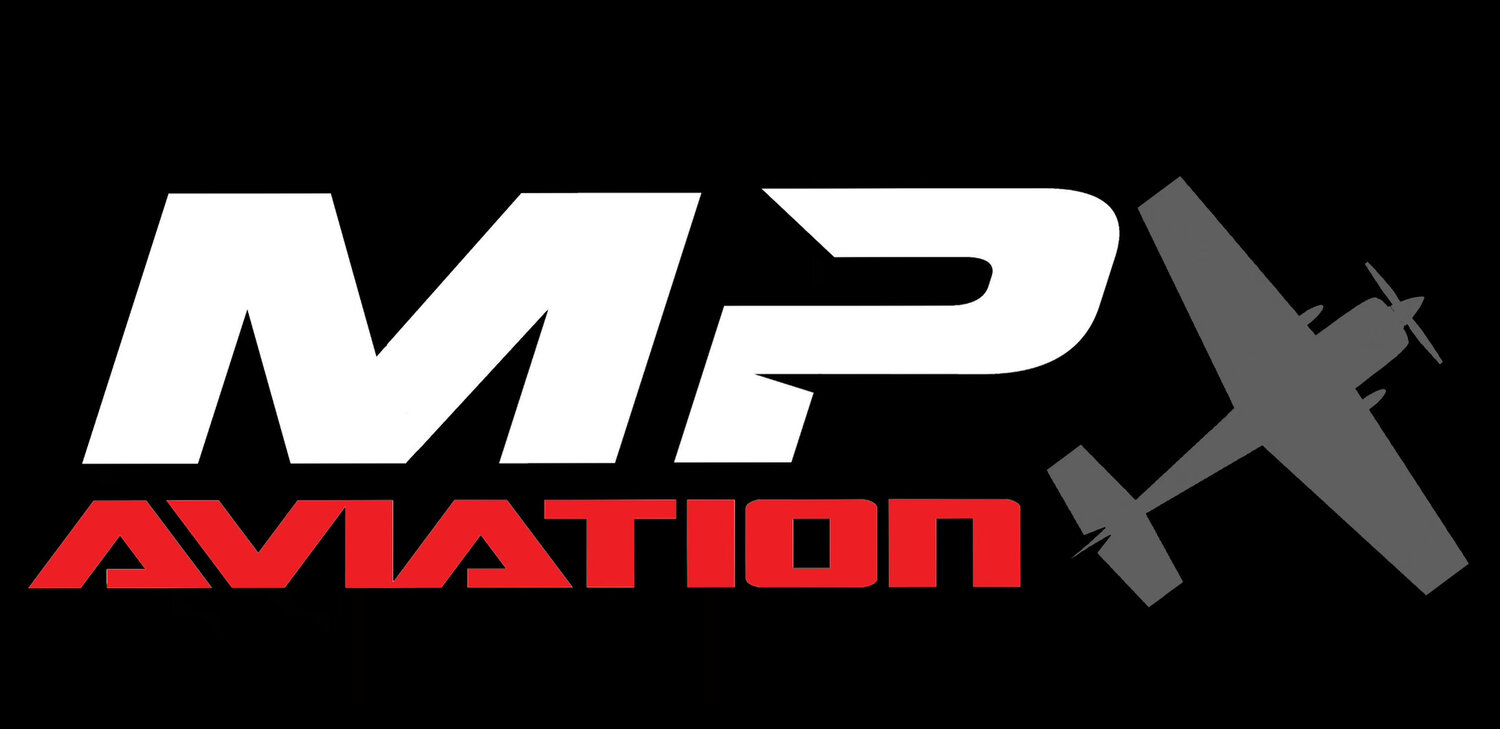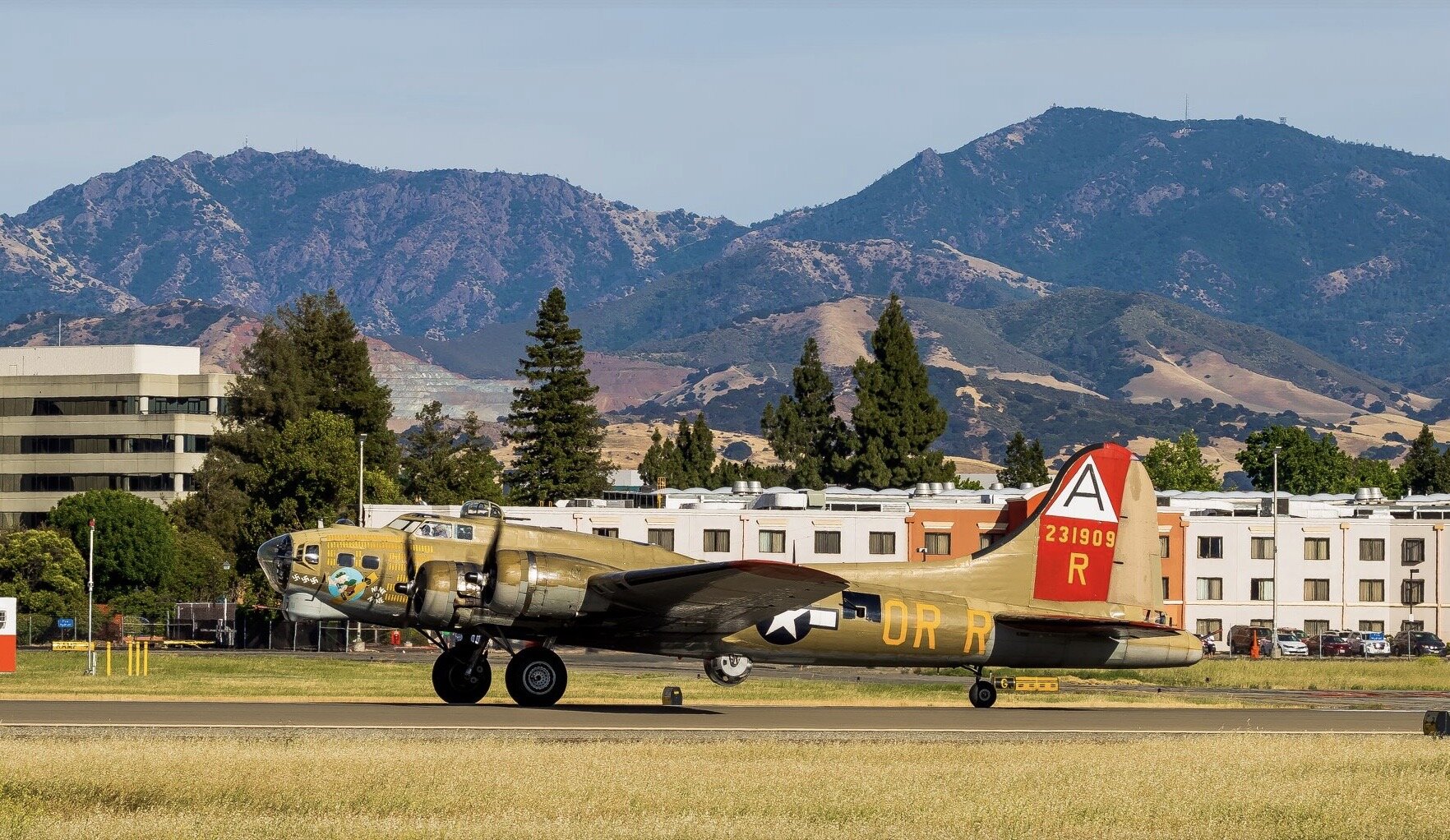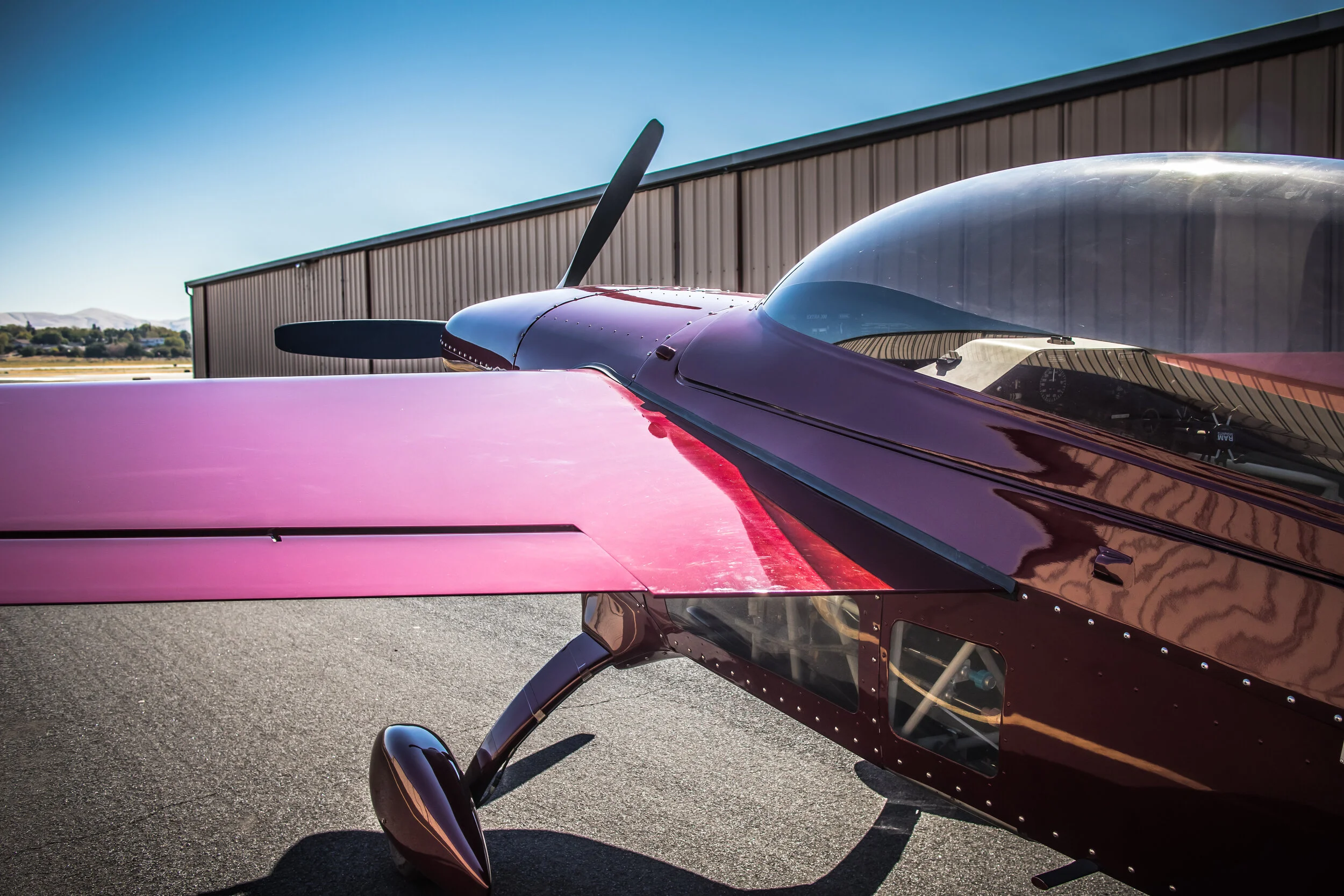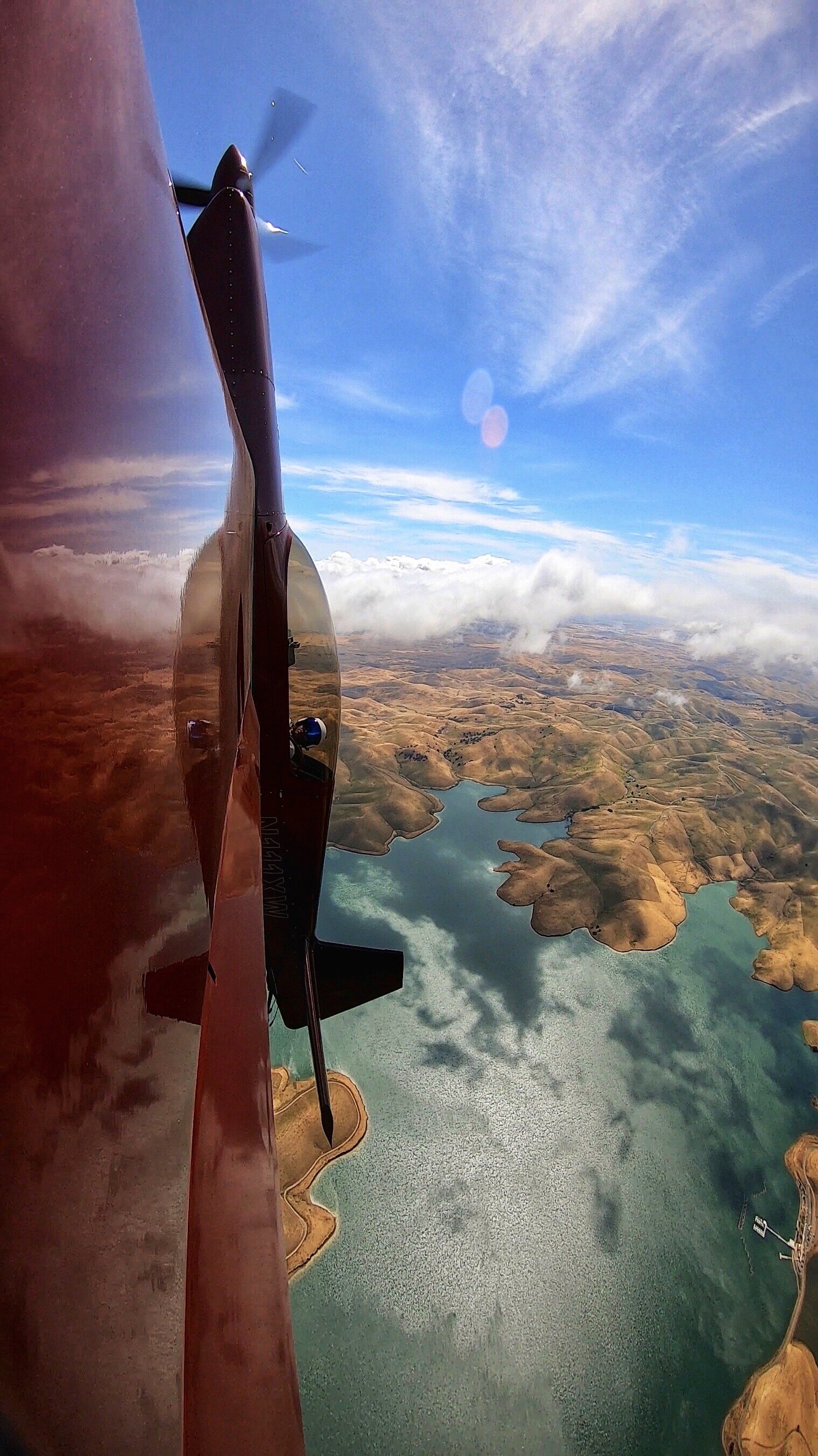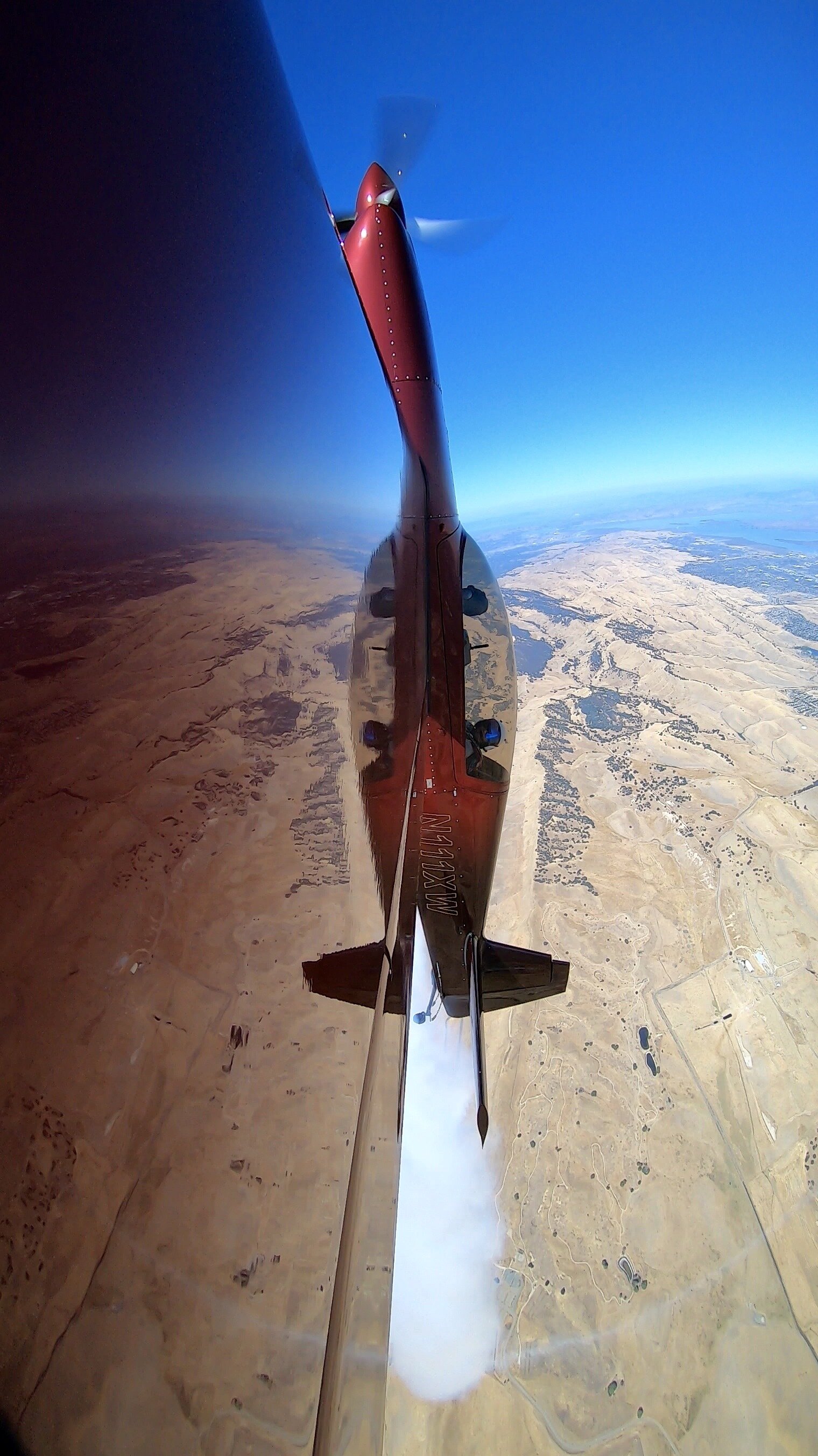Nine-O-Nine's Greatest Mission
/I think I speak for all Collings Foundation employees and volunteers when I say that we are going through a multi-stage grieving process. To take nothing away from the still unimaginable tragedy of losing friends and colleagues of Collings Foundation, or to those that lost loved ones on board that day, I wanted to share some thoughts I jotted down about an airplane that meant so much more than just some metal parts riveted together.
Her Greatest Mission: Nine O Nine’s Legacy
This past week, I took my two girls to Concord Airport to eat In N Out and to enjoy the airport viewing area. As we approached the airport, I was reminded that for the majority of my life, I was coming to this airport as a young kid to see the amazing WWII bombers each summer. And I realized how fortunate I am to be able to be able to share them with my daughters now.
The B-17 was an icon for me, as it is for so many people. Nine O Nine was always one of my favorite B-17s, and I looked forward to seeing her each year on display. I would walk through, look at the cockpit, and rub her down with the rag a volunteer would hand me. I was a decade into my professional flying career when I achieved the dream of being able to fly her, and I couldn’t have been more excited. These reflections about Nine O Nine started to make me think about N93012’s greatest mission, though it was an unanticipated one.
Nine O Nine was a weapon of war built too late to see combat, but she took on many different post-war roles in her day. She started life as an air-sea rescue platform, then was used for weapon effects testing where it was subject to not one, but three nuclear explosions. After being sold into civilian hands for less than $3,000, she was restored and converted to a water bomber, a position she filled for ten years. The Collings Foundation purchased her in 1986, where she underwent restoration to her final configuration.
Nine O Nine’s time with the Collings Foundation represented her longest “mission”. She spent over three decades showcasing living history, and wowing millions of men, women, boys, and girls all over the United States. Chances are that if you crawled through a B-17, or even had the opportunity to fly in one, it was in Nine O Nine. That beautiful bomber educated and delighted multiple generations of aviation lovers, historians, veterans, and family members of veterans.
It seemed Nine O Nine had a soul, and a personality, and was happily enjoying her time on this final, unexpected, educational mission. The pilots and volunteers each had a special bond with Nine O Nine, and the care with which they treated her was a testament to that attachment.
Nine O Nine, thank you for serving us for so long. You left your mark on all of our hearts, and for that we are eternally grateful.
